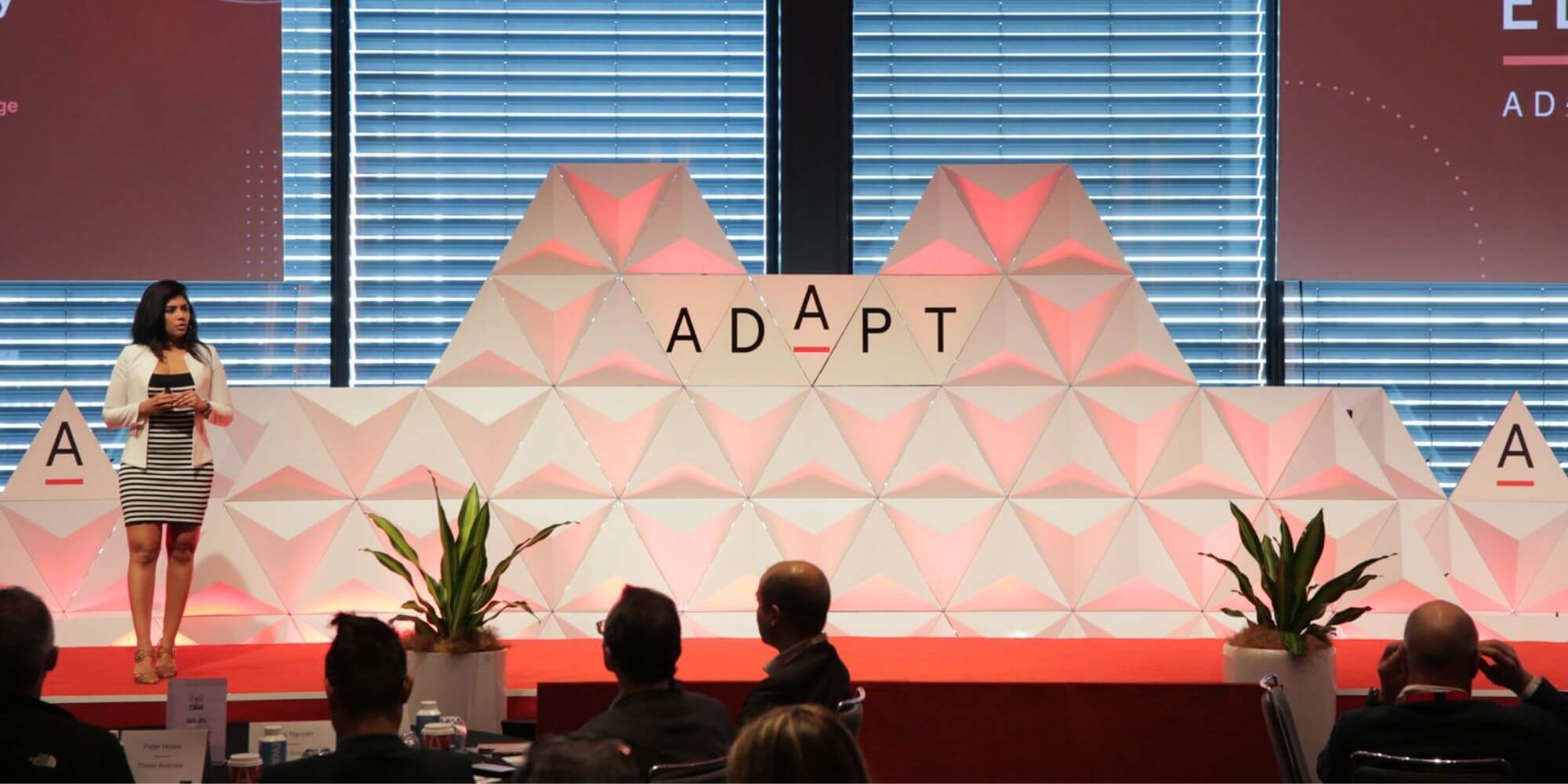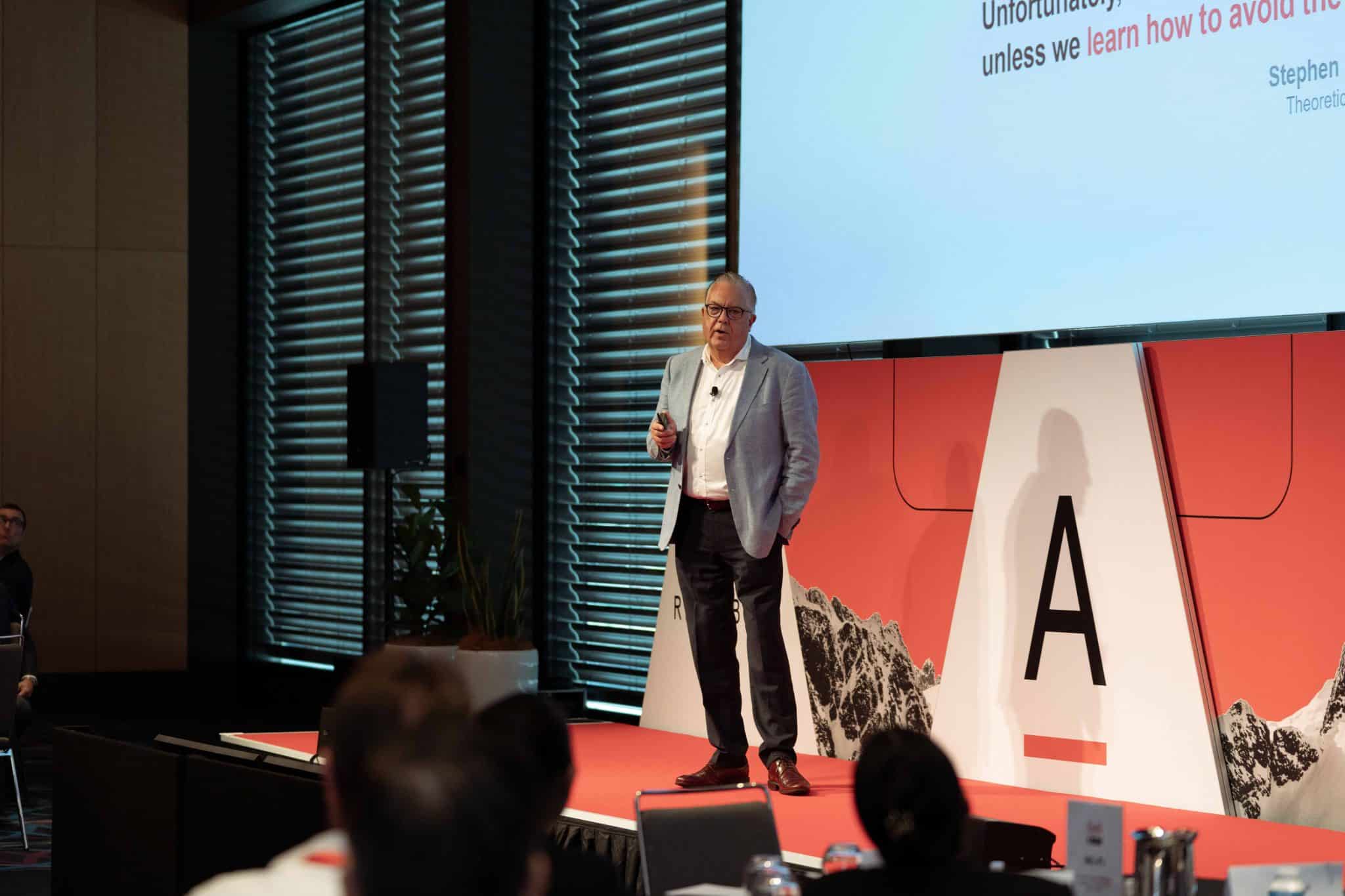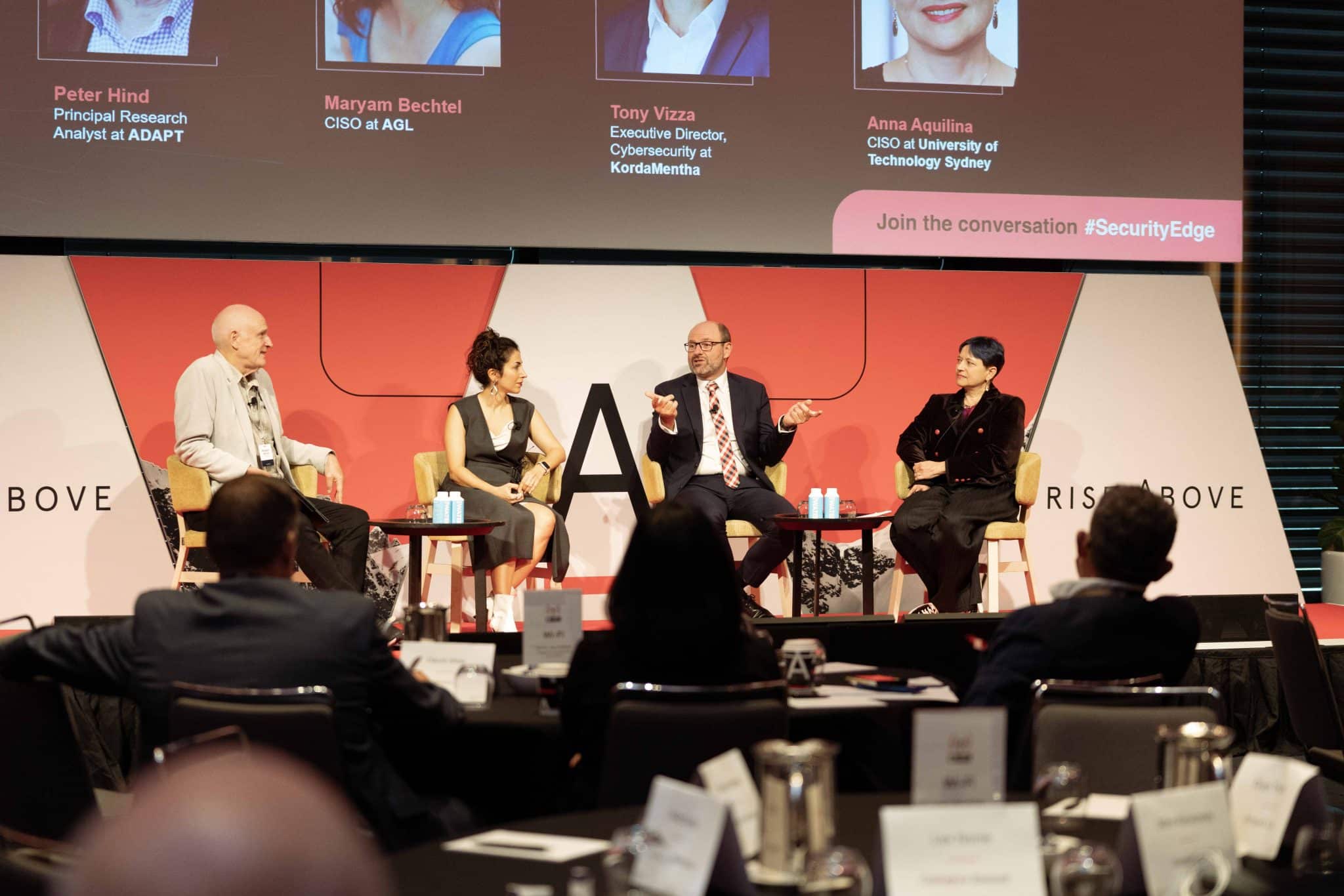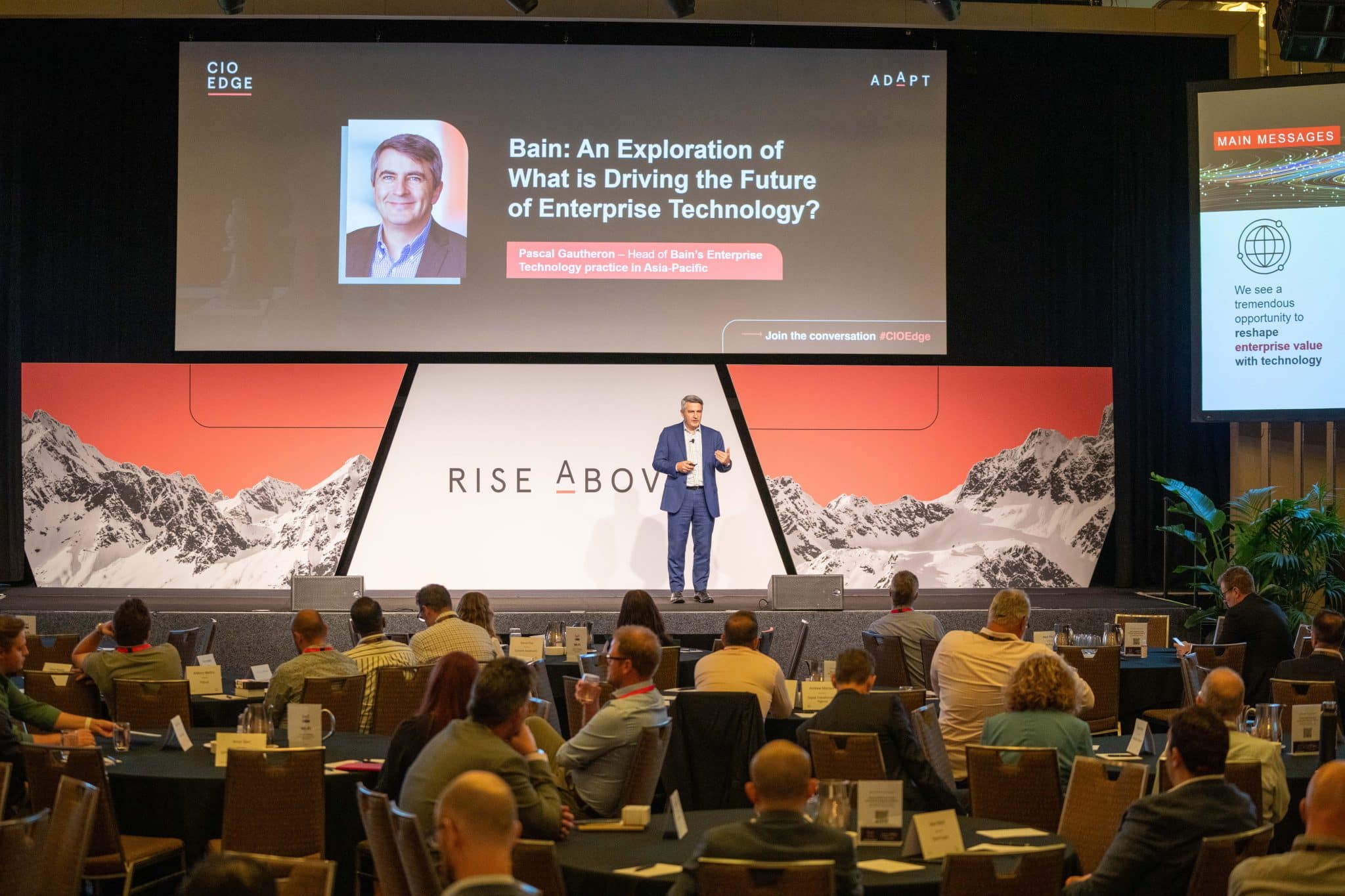According to ADAPT’s recent surveys of over 300 local CIOs and tech leaders, “improved customer experience” is their important initiative for 2021, followed by evolved compliance, automation and analytics.
Australia’s focus on customer experience will open up a new chapter for information infrastructure and data architectures. Organisations have been leveraging the post-lockdown era to build and deliver products in new ways, change underlying operating models, embed new analytics and efficiencies, reinvent service experience and boost retention.
Future application delivery, customer satisfaction and competitive edge must be underpinned by intelligently delivering personalised services, automated through AI, and based on a single view of the customer, with all disparate data points integrated into one pool and enabling that vision.
Speaking at ADAPT’s Digital Edge conference, in this presentation, ADAPT’s Senior Research Strategist, Aparna Sundararajan shares why there is a deepened focus on customer experience and the digitisation of workplace, workflow, operations, service delivery to support.
To unlock the full keynote video and access an entire catalogue of ADAPT’s expert presentations, localised research, case studies, downloadable data and community interviews, speak with a Senior Research Consultant today.
Transcription:
Aparna Sundararajan:
The definition of your customer will move beyond the traditional customer to your stakeholders, internal and external, to your vendor partners and ecosystems, to your regulators and your government bodies.
It will be much easier to provide a connected experience across the network if you have a whole enterprise strategy.
How do we do that?
Identify your business biggest problems and not by teams, but then go ahead and speak with your stakeholders and make the decision on an organisation basis rather than an independent department basis so that all of you are moving in the same direction.
Hence, it will be it will become easier to have executive buy-in and ownership.
Suppose your customer experience department or the marketing department is investing in one technology.
While your customer support and service department are not aligned, your cost of customer acquisition will always be high because of your customer experience.
You’re not prioritising and solving the complaints of your existing customers because you’re probably not talking or getting data from your customer support and service department.
Hence, executive ownership becomes important.
Create your project frameworks, assess the rewards and risks. Create a proof of concept.”
This is specifically for emerging technologies when you are starting because they must be incremental. They have a high rate of failure.
One of the most interesting things about AI and emerging tech is AI will be as good as it is trained.
Hence the contribution by the company that is deploying an AI and one of the most interesting things about an emerging tech is I will be as good as it is trained.
You will fail, and you will learn. It completely contrasts with the traditional way of IT delivery.
What should you stay away from? New shiny objects. Do continuously track progress and keep track of cybersecurity.”
I conversed with one of the industry leaders who consulted on AI and asked what the most overrated thing is right now.
He said deep learning is the last tool that you need right now. Many other tools can solve your problem as of now.
He said deep learning is the last tool you need right now, that there are many other tools can simply solve your problem now.
Always do that assessment between what is overrated and what is underrated and go from there.
Finally, what will help you is defining your business’s future along with all your executives and stakeholders. Then you can truly utilise emerging technologies, so by the time we reach 9.6 billion people, we are quite there to solve the problems.
Aim to have a Digital Twin Model. That should be your destination postcard. Track, monitor and integrate your operational tech and information tech.”
Define the future of your workplace. Is it going to be hybrid? What are the most important value systems of your workplace and your workforce?
How does your digital ecosystem behave? Consider all your external partners and windows and third-party vendors.
How do you define business continuity, especially considering the current pandemic we have been in for the last one year and in several other countries? It is severe.
Define the crisis and define the future in terms of how you simulate how you predict your company’s health based on external factors that may or may not be in your control.
To unlock the full keynote video and access an entire catalogue of ADAPT’s expert presentations, localised research, case studies, downloadable data and community interviews, speak with a Senior Research Consultant today.



























